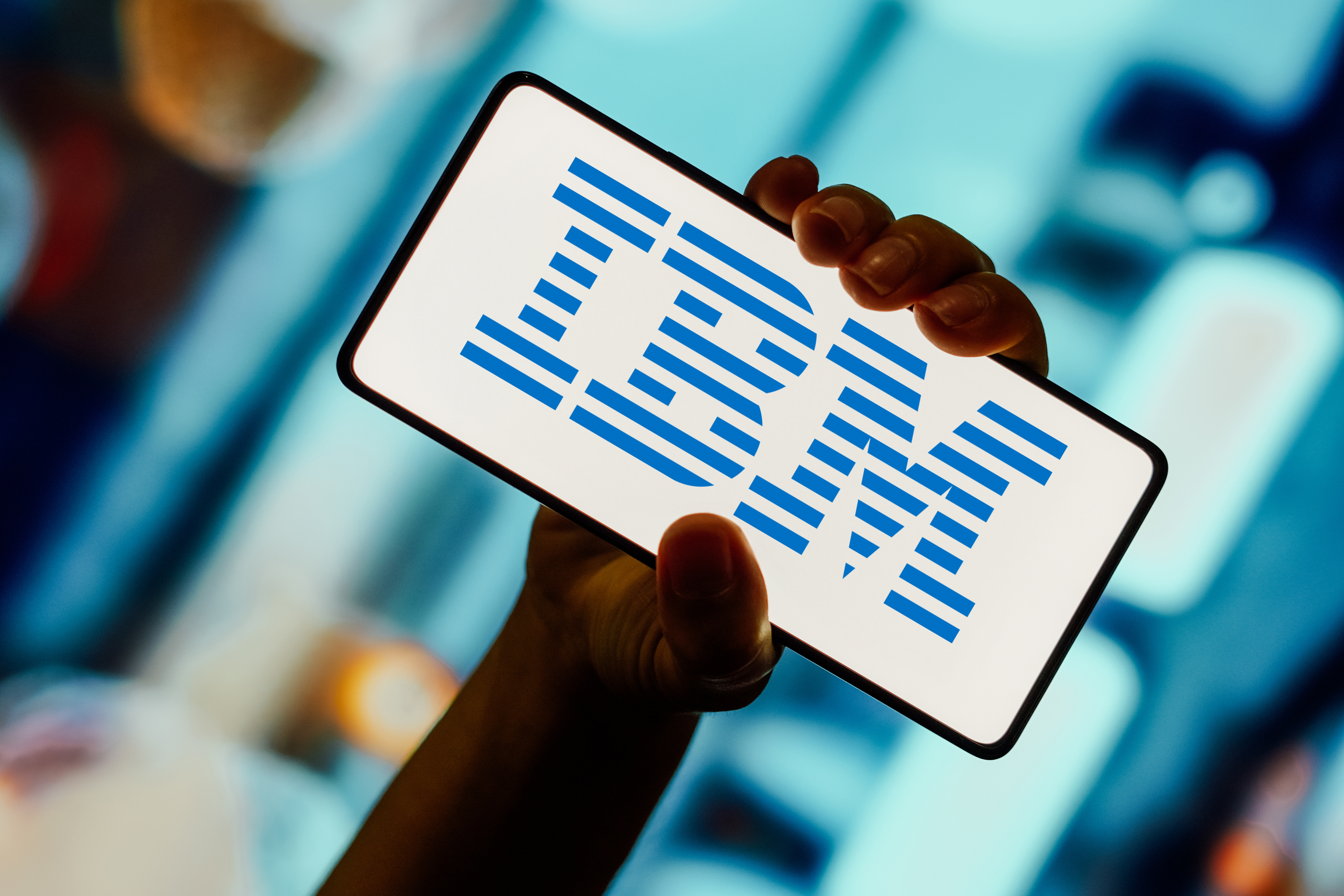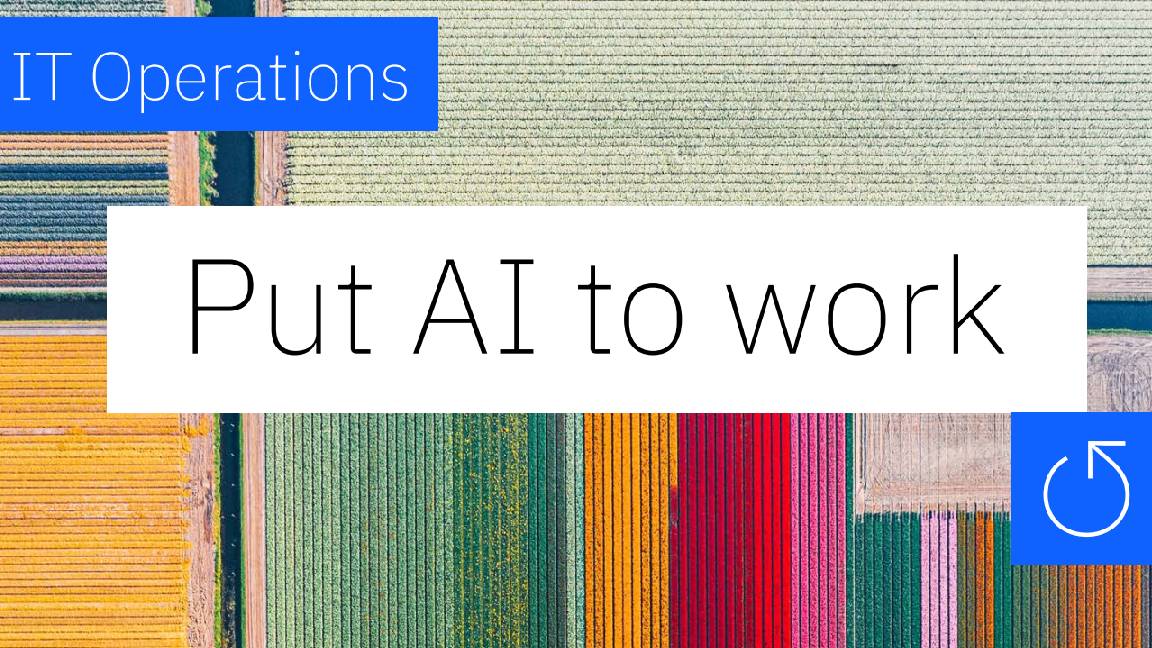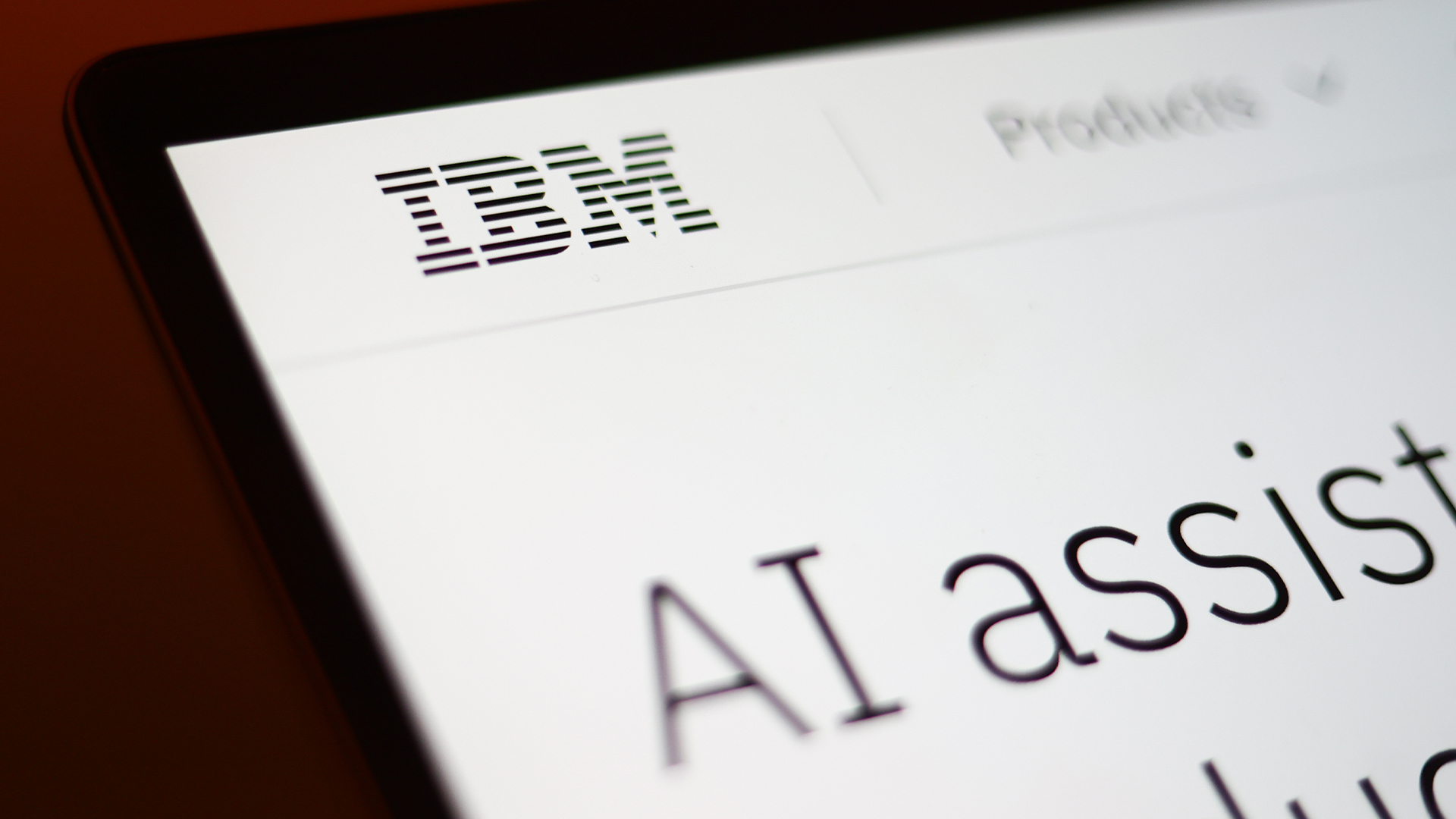IBM’s watsonx.governance promises to build trust in generative AI
Watsonx.governance will provide automated risk and compliance tools for users


IBM has unveiled its new watsonx.governance platform in a bid to help organizations to responsibly manage risk and compliance when deploying large language models (LLMs).
Watsonx.governance is the third arm to IBM’s watsonx artificial intelligence (AI) and data management platform, designed to support organizations leveraging and scaling AI tools.
The new solution, generally available on 5 December 2023, will help organizations deploy generative AI tools responsibly by ensuring they adhere to their own internal AI governance policies and prepare for upcoming regulations.
The platform will provide insights into the ethical considerations of deploying LLMs as organizations look to get the most out of generative AI without exposing themselves, or their clients, to the risks AI can pose.
“Watsonx.governance is a one-stop-shop for businesses that are struggling to deploy and manage both LLM and ML models, giving businesses the tools they need to automate AI governance processes, monitor their models, and take corrective action, all with increased visibility”, said Kareem Yusuf, senior vice president, product management and growth at IBM Software.
“Its ability to translate regulations into enforceable policies will only become more essential for enterprises as new AI regulation takes hold worldwide.”
What users can expect from watsonx.governance
The new software will enhance AI governance by meeting the intersection of three key business needs around AI deployment, according to IBM.
Sign up today and you will receive a free copy of our Future Focus 2025 report - the leading guidance on AI, cybersecurity and other IT challenges as per 700+ senior executives
This includes lifecycle management, model evaluation, and risk assessment.
Lifecycle management consists of providing automated alerts to stakeholders when models operate in ways they were not designed to and producing documentation on how models were developed and implemented.
IBM said this will be vital in order to demonstrate organizations are complying with regulations.
Watsonx.governance will evaluate models by producing a variety of metrics associated with the accuracy, drift, or bias of the model, IBM said.
This includes metrics indicating the safety of the model by assessing the use of potentially harmful language, or how the input and output of personally identifiable information (PII) is handled.
RELATED RESOURCE

How to scale AI workloads taking an open data lakehouse approach
Discover how watsonx.data can help your organization successfully scale analytics and AI workloads for all your data.
WATCH NOW
Finally, the software will provide metrics on the health of the model based on the size of the dataset it was trained on, as well as the model’s throughput and latency.
The risk assessment component of watsonx.governance introduces the human element to governing the roll-out generative AI, according to IBM.
The tool will help automate many of the basic functions and tasks involved in AI governance while also identifying areas where human intervention is required to ensure accountability and transparency.
This includes creating auditable documents that demonstrate which agents carried out what checks relating to specific model behaviors.

Solomon Klappholz is a former staff writer for ITPro and ChannelPro. He has experience writing about the technologies that facilitate industrial manufacturing, which led to him developing a particular interest in cybersecurity, IT regulation, industrial infrastructure applications, and machine learning.
-
 I couldn’t escape the iPhone 17 Pro this year – and it’s about time we redefined business phones
I couldn’t escape the iPhone 17 Pro this year – and it’s about time we redefined business phonesOpinion ITPro is back on smartphone reviews, as they grow more and more intertwined with our work-life balance
-
 When everything connects, everything’s at risk
When everything connects, everything’s at riskIndustry Insights Growing IoT complexity demands dynamic, automated security for visibility, compliance, and resilience
-
 Put AI to work for IT operations
Put AI to work for IT operationswhitepaper Reduce the cost and complexity of managing hybrid applications
-
 AI in the retail industry is spreading beyond the IT department
AI in the retail industry is spreading beyond the IT departmentNews AI has become a strategic imperative for retailers, delivering marked productivity gains
-
 Maximizing contact center operations with generative AI assistants backed by responsible AI principles
Maximizing contact center operations with generative AI assistants backed by responsible AI principleswhitepaper Reduce the cost and complexity of managing hybrid applications
-
 IBM just launched powerful new open source AI models – here’s what you need to know
IBM just launched powerful new open source AI models – here’s what you need to knowNews Available under the Apache 2.0 license, IBM's Granite 3.0 models are trained on enterprise data and can out-perform the competition
-
 Achieving business outcomes with generative AI
Achieving business outcomes with generative AIWebinar Take your hybrid cloud journey to the next level with generative AI
-
 Wimbledon’s new Catch Me Up AI feature promises to keep fans up to date at the tournament – after it irons out some of the wrinkles
Wimbledon’s new Catch Me Up AI feature promises to keep fans up to date at the tournament – after it irons out some of the wrinklesNews The latest feature to come out of IBM’s partnership with Wimbledon will keep fans engaged from the early stages right through to the final with dynamic player insights
-
 AI demands new ways of data management
AI demands new ways of data managementwhitepaper The data leader’s guide for how to leverage the right databases for applications, analytics and generative AI
-
 AI governance for responsible transparent and explainable AI workflows
AI governance for responsible transparent and explainable AI workflowswhitepaper Build greater trust in your AI
